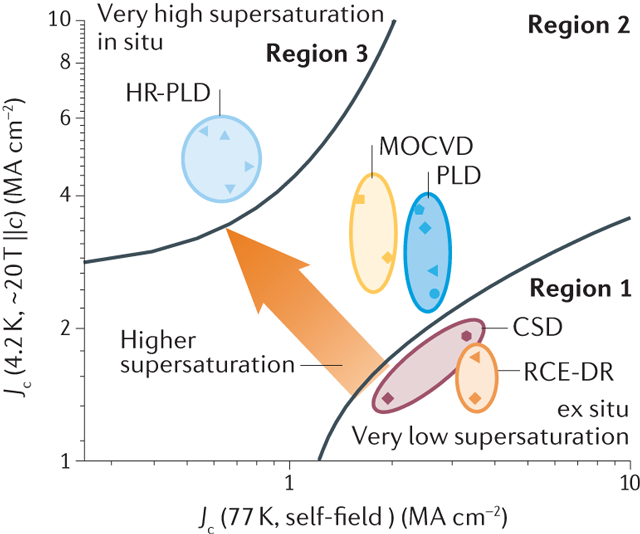WB7-2-INV
Performance comparisons of commercial REBCO wires for application
*Stuart C Wimbush1
- Robinson Research Institute, Victoria University of Wellington, New Zealand1
Contemporary industrially produced REBCO coated conductor wires exhibit incredible levels of critical current performance in a product that is now routinely available in large quantities on a commercial basis from multiple established vendors situated around the globe. These manufacturers have well-established processes capable of robustly producing wire of consistently high performance, sufficient to enable most of the proposed technological applications of high temperature superconductors, albeit at a residual price premium (Ref. 1).
Vast strides have also been made in engineering effective flux pinning microstructures to enhance, in particular, the low temperature, high field performance of the wires, targeting the rapidly growing field of compact fusion (Ref. 2). Pinning at 77 K has likewise been strongly optimized, reaching a degree of stasis. At lower temperatures, laboratory samples continue to significantly outperform commercial material, signposting the way towards future improvements. It is in the intermediate field and temperature regime, however, where the capability of improving pinning and thereby critical current remains elusive, and it is in this regime that many of the potentially large-volume future applications such as motors, generators and MRI machines fall.
In this talk, I will present some observations resulting from a high-level review of the wide range of materials processing techniques applied to the commercial production of coated conductors and the typical wire performance trends that result. I will briefly outline some of the laboratory approaches to further enhancing performance particularly in the challenging mid-temperature, mid-field regime (Figure) and point out some hitherto underexplored routes worthy of further investigation.
Throughout I will emphasize the importance of taking a holistic and realistic approach to assessing the performance gains of any particular material modification if results of genuine value and interest to the industry are to be obtained. When it comes to our own laboratory results, therefore, I will demonstrate performance gains relative to state-of- the-art commercial starting material and not a false proxy of a poorly manufactured control sample.
This talk will draw on data provided freely and in full to the superconductivity community through the Robinson Research Institute HTS wire critical current database (Ref. 3), offering an unprecedented degree of insight into the real-world performance of commercial HTS wire material and the complexity of its behavior across application regimes. The routine acquisition and release of such detailed datasets is enabled through the long-term development of our automated SuperCurrent critical current measurement system (Ref. 4). Some approaches to exploiting this functional complexity in the design of efficient superconducting devices will also be discussed.
Figure
Comparative performance at high temperature, low field vs low temperature, high field for contemporary commercial conductors manufactured via different processing routes showing the link to the supersaturation of the different processes. The relevant regions of application are also labelled. (Figure reproduced from Ref. 1.)
References
1) J. L. MacManus-Driscoll and S. C. Wimbush, Nat. Rev. Mater. 6, 587 (2021).
2) A. Molodyk, S. Samoilenkov, A. Markelov, et al., Sci. Rep. 11, 2084 (2021).
3) S. C. Wimbush and N. M. Strickland, IEEE Trans. Appl. Supercond. 27, 8000105 (2017).
4) N. M. Strickland, S. C. Wimbush, A. Pantoja, et al., IEEE Trans. Appl. Supercond. 31, 9000305 (2021).
Keywords: Coated conductors, Flux pinning, Critical current, Anisotropy
